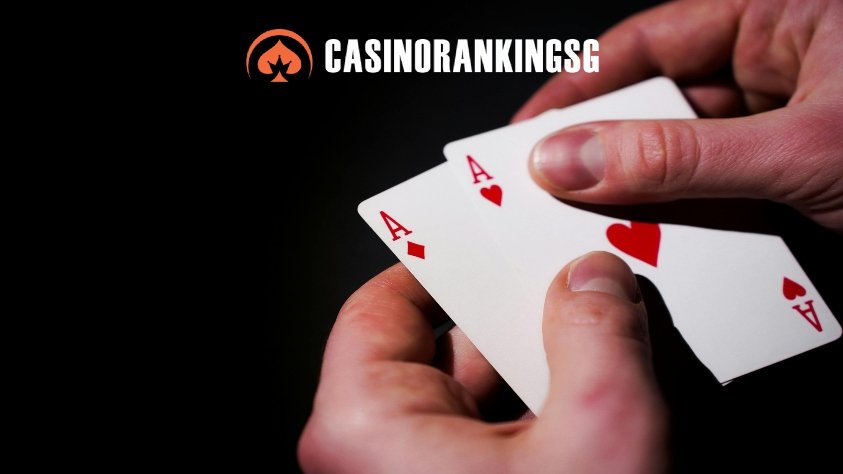Blackjack is one of the most studied card games in the world. At first glance, it looks simple—get as close to 21 as possible without going over. But beneath the surface is a system of probabilities that shapes every decision. Understanding the math doesn’t guarantee winning a specific hand, but it does explain why certain strategies are better than others and why the house always has a slight advantage.
Probability and Card Distribution
The foundation of blackjack probability comes from the deck itself. With 52 cards, players face 13 ranks spread across four suits. What matters most are the card values. Number cards retain their face values, face cards count as 10, and aces can be either 1 or 11, depending on the situation. Because 16 out of 52 cards carry a value of 10, nearly one in three draws will land on a 10. This influences the likelihood of busting or hitting a strong hand.
For example, if you are showing a total of 12, the risk of busting by hitting depends on how many 10-value cards remain in the deck. In a single-deck game, you face roughly a 31 percent chance of busting (depending on which other cards are in play). Every move—stand, hit, double, or split—can be explained through these probability patterns.
The Role of Expected Value
Expected value (EV) is the measure of how good a decision is in the long run. If a player has 16 against a dealer’s 10, the EV of hitting may be slightly higher than standing, even though both options feel risky. That’s because hitting at least gives a chance to improve the hand, while standing leaves the player at a disadvantage most of the time.
High-quality strategy guides and computer simulations have tested millions of hands to calculate these EV outcomes. They show that while short-term luck can swing in either direction, probability balances out over thousands of hands, leaving the house edge intact.
Probability in Online and Live Blackjack
Mathematics applies consistently whether cards are dealt in a physical casino or through a digital platform. The environment may feel different, but the probabilities remain the same (assuming the deck is shuffled after each play in both kinds of games).
This is why mastering probability helps players appreciate the dynamics of blackjack online as much as in live games. In both cases, understanding the likelihood of certain outcomes improves strategic choices and makes the experience more engaging. The concepts of card distribution, EV, and house edge remain constant, which is why learning about probability is so valuable, whether you’re navigating blackjack online or at a table in person.
A Fun Probability Puzzle
Beyond strategy, probability also shapes trivia and side discussions around blackjack. One classic example is the maximum number of cards a player can hold without going bust. An Instagram post posed this exact puzzle, asking: how many cards can you draw while still keeping your hand legal under 21?
The surprising answer is eleven cards. By drawing a sequence of aces valued as one and low cards like twos and threes, a player can technically reach a total of 21 without busting. While highly unlikely in real play, it highlights the quirky extremes of probability and shows why math gives blackjack its depth.
Understanding the House Edge
Every casino game is designed with a mathematical advantage for the house. In online blackjack Singapore, this house edge is among the lowest of any table game, often hovering between 0.5 percent and 2 percent depending on the rules. This number represents the average amount the house expects to retain over the long run.
The edge is created through mechanics like the dealer acting last. For instance, if both dealer and player bust, the house still wins. Over time, this small rule ensures the casino’s profitability. While the edge cannot be eliminated, players can reduce it by using correct strategy, which is why studying probability matters so much.
A Quick Look at Key Probabilities
To put the numbers in context, here is a simple table showing approximate probabilities that guide many blackjack decisions:
| Situation | Probability Outcome |
| Drawing a 10-value card | ~31% |
| Bust chance with total of 12 | ~31% |
| Bust chance with total of 16 | ~62% |
| Probability of natural blackjack (two cards) | ~4.8% |
These numbers may look small, but they accumulate over time. That’s why a single decision might not matter in isolation, yet repeating it across hundreds of hands will consistently favor or hurt a player’s results.
Probability Beyond the Table
Research on probability also shows how people interpret risk differently depending on how information is presented. A study published in MDPI explored the “description–experience gap,” where mathematically identical outcomes can be perceived in distinct ways depending on whether probabilities are described or learned through experience.
In blackjack, this is especially relevant. Players reading strategy charts (description) may interpret probabilities in percentages, while those learning through repeated play (experience) internalize them as frequencies. This gap helps explain why the same statistics can lead to different decisions at the table, reinforcing the psychological depth behind probability in blackjack.

